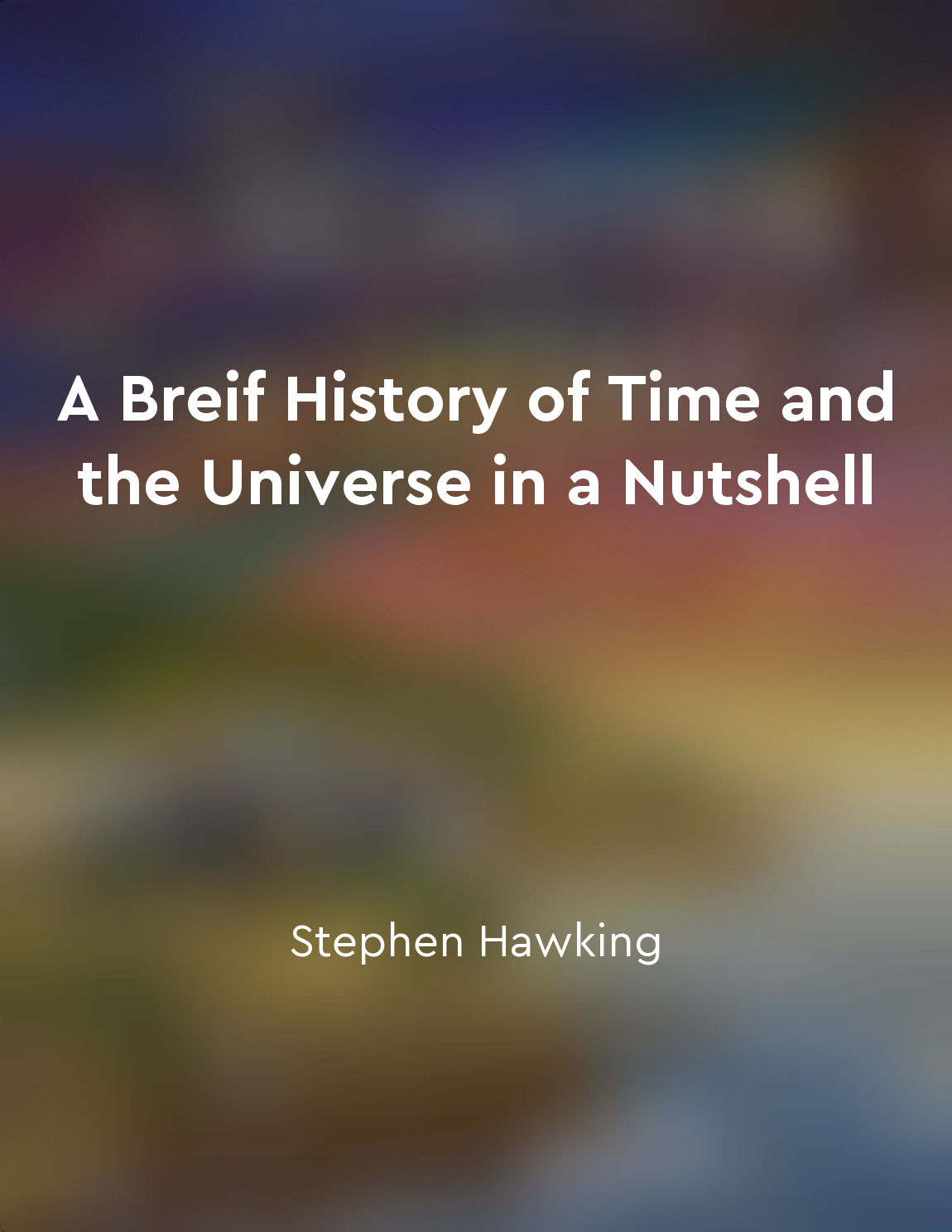Audio available in app
The collision of neutron stars produces gravitational waves from "summary" of The Science of Interstellar by Kip Thorne
When two neutron stars spiral into each other and collide, the event generates a cataclysmic release of energy in the form of gravitational waves. These waves are ripples in the fabric of spacetime itself, carrying information about the violent merger across the universe at the speed of light. Neutron stars are incredibly dense remnants of massive stars that have exploded in supernovae, packing more mass than the sun into a sphere just a few kilometers across. As the neutron stars spiral closer and closer together due to their mutual gravitational attraction, they eventually reach a point where the tidal forces between them become so strong that they deform and break apart. This process, known as tidal disruption, releases a tremendous amount of energy in the form of gravitational waves. These waves propagate outward in all directions, spreading the signal of the collision far and wide. The detection of gravitational waves from the collision of neutron stars represents a monumental achievement in astrophysics, opening a new window onto the universe and allowing scientists to probe some of the most extreme phenomena in the cosmos. By studying the signals emitted during these mergers, researchers can learn valuable information about the properties of neutron stars, the behavior of matter under extreme conditions, and the nature of gravity itself. The collision of neutron stars is a rare event, occurring only once every few hundred thousand years in a typical galaxy. However, with the advent of advanced detectors like the Laser Interferometer Gravitational-Wave Observatory (LIGO) and the Virgo interferometer, scientists now have the ability to detect these elusive signals and unlock the secrets they hold. By analyzing the gravitational waves produced by neutron star mergers, researchers can gain insights into the origins of heavy elements like gold and platinum, the structure of neutron stars, and the behavior of matter under extreme conditions. In summary, the collision of neutron stars represents a unique and powerful source of gravitational waves, providing scientists with a wealth of information about some of the most extreme phenomena in the universe. By studying these signals, researchers can deepen their understanding of neutron stars, black holes, and the fundamental nature of spacetime itself.Similar Posts
The beauty of mathematics lies in its ability to capture the fundamental truths of the cosmos in elegant equations
Mathematics is often considered the language of the universe, a tool that allows us to unlock the secrets of the cosmos. From t...

Understanding the formation of galaxies through scientific research
Scientists have been on a quest to unravel the mysteries of how galaxies, including our own Milky Way, came to be. Through rigo...
The universe is full of strange and exotic phenomena
The cosmos is a vast and mysterious place, filled with wonders that boggle the mind and challenge our understanding of the univ...

Inflation theory explains rapid expansion
Inflation theory provides a possible explanation for the rapid expansion of the universe in its early stages. According to this...

Unified theory of everything sought
The ultimate goal of physics is to find a single theory that will unify all the laws of the universe. This theory, known as the...

Time bends and twists
Time, that ever-elusive force that governs our existence, is not as straightforward as we may believe. It is not a linear progr...

Quantum theory helps explain the behavior of particles
Quantum theory is a fundamental framework in physics that helps us understand the behavior of particles at the smallest scales....
The world is not made of things
In the heart of his theory, Democritus claimed that all things are made of indivisible particles, which he called atoms. This i...
